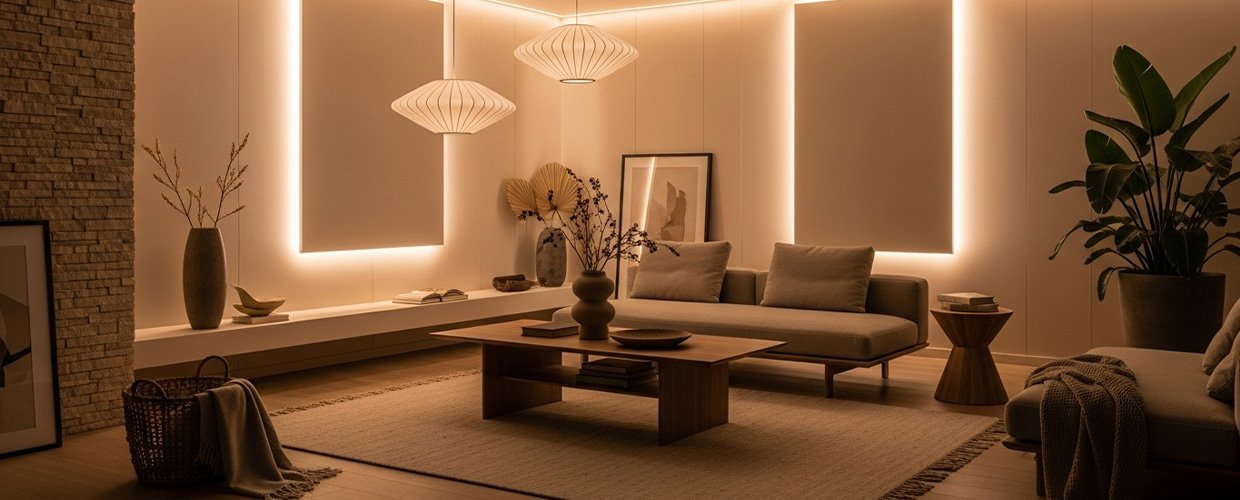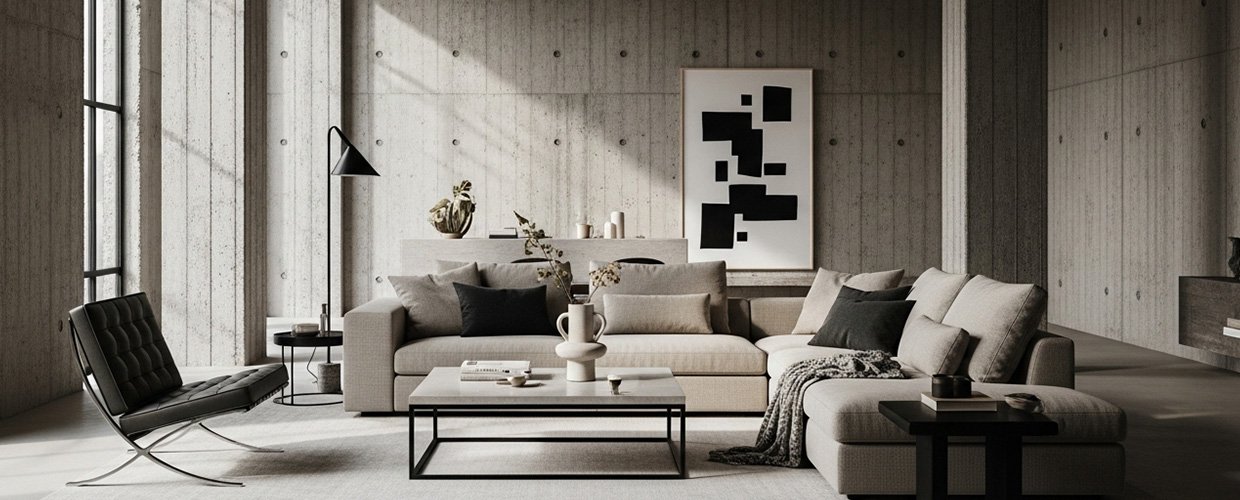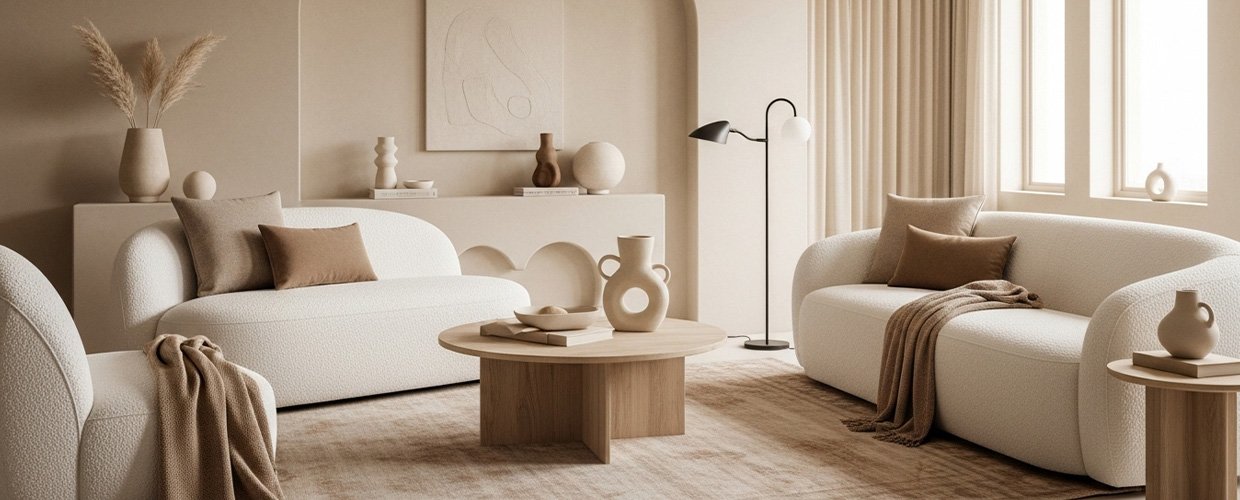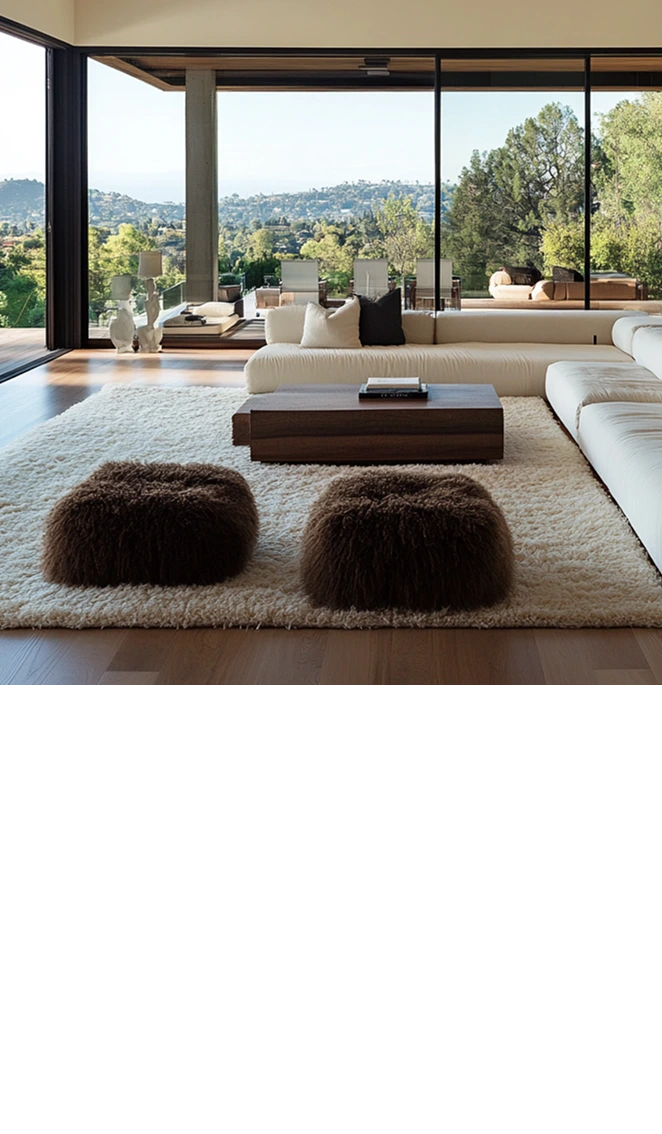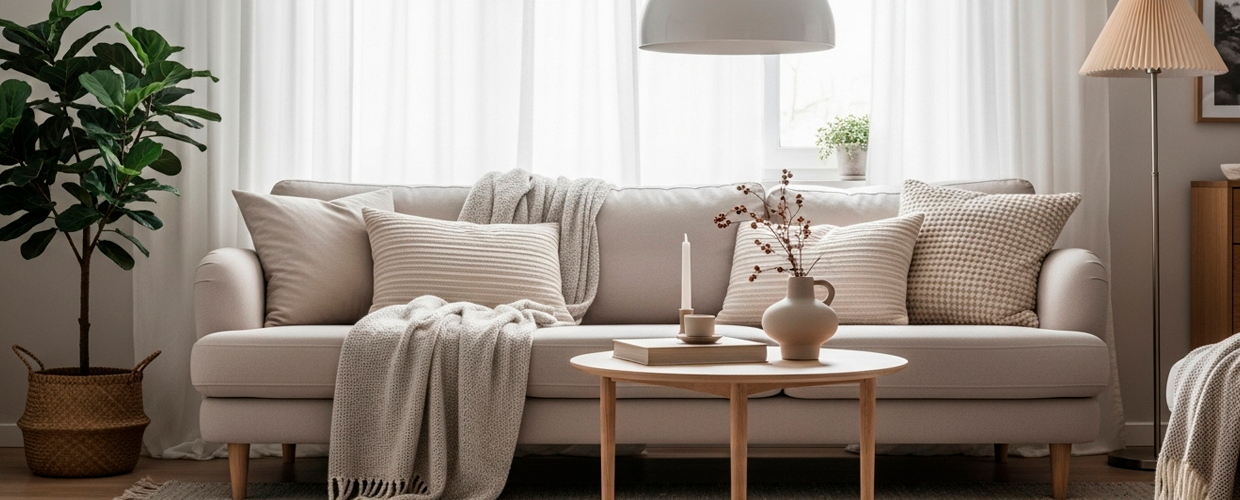
July 25, 2025
How to Create a Minimalist Home Without Sacrificing Comfort
In today’s fast-paced world, more and more people are drawn to the minimalist lifestyle, seeking to declutter their homes and simplify their lives. The allure of minimalism lies in its promise of tranquility and order, providing a stark contrast to the chaos of modern living. However, a common misconception about minimalism is that it equates to stark, uncomfortable spaces devoid of personality or warmth. This article aims to dispel that myth by exploring how you can create a minimalist home without sacrificing comfort. By carefully selecting furnishings, incorporating texture, and prioritizing functionality, you can design a space that is both aesthetically pleasing and inviting. Minimalism is not about living with less; it’s about living with intention and surrounding yourself with items that bring you joy and serve a purpose. In this guide, we will delve into the principles of minimalist design, offering practical tips and insights to help you transform your home into a serene oasis that reflects your personal style while maintaining a cozy atmosphere. Whether you’re starting from scratch or simply looking to refine your current decor, this comprehensive guide will equip you with the knowledge and inspiration to achieve a harmonious balance between minimalism and comfort.
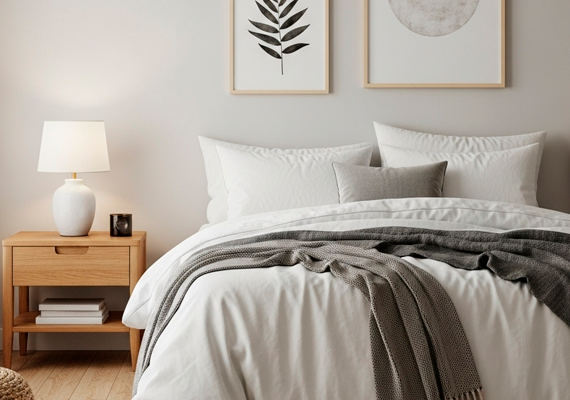
Achieving a minimalist home that exudes comfort begins with a thoughtful approach to furniture selection. Opt for pieces that are not only visually appealing but also serve multiple functions. For instance, a sleek sofa with a pull-out bed can provide seating during the day and accommodate guests at night, maximizing utility without compromising on style. When choosing furniture, consider the scale and proportion relative to your space. Oversized furniture can overwhelm a room, while appropriately scaled pieces can enhance the sense of openness and flow. Another key aspect of creating a comforting minimalist home is the strategic use of color and texture. While a neutral palette is a hallmark of minimalist design, incorporating varied textures can add depth and warmth. Consider using materials like soft wool throws, plush rugs, and natural wood finishes to create a tactile experience that invites relaxation. Additionally, the use of greenery and natural elements can breathe life into a minimalist space, offering a refreshing contrast to clean lines and muted tones. Lighting also plays a crucial role in setting the mood of a minimalist home. Layered lighting, combining ambient, task, and accent lighting, can create a cozy atmosphere that adapts to different times of day and activities. By focusing on quality over quantity and carefully curating your environment, you can achieve a minimalist aesthetic that is both functional and inviting, ensuring your home remains a sanctuary of comfort and style.
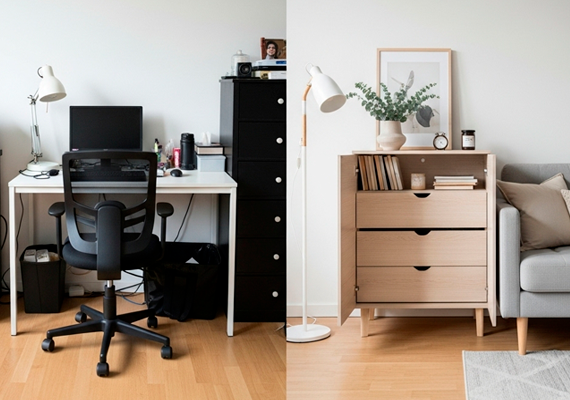
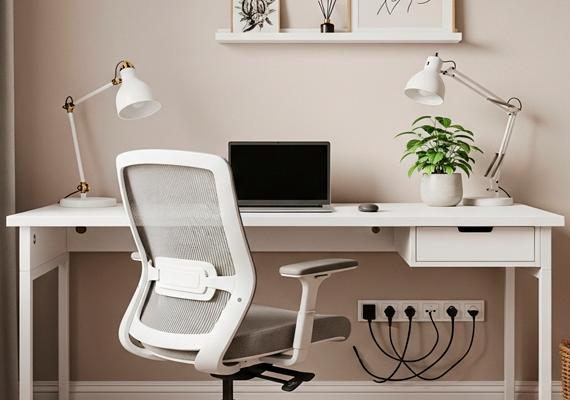
In conclusion, creating a minimalist home without sacrificing comfort is entirely achievable with thoughtful planning and execution. Remember that minimalism is not about stripping away all possessions but about making deliberate choices that enhance your living space. By focusing on multifunctional furniture, incorporating texture through various materials, and utilizing a strategic color palette, you can create a space that is both minimalist and welcoming. Lighting and natural elements further contribute to the warmth and comfort of your home, ensuring it remains a place of respite and joy. As you embark on your minimalist journey, keep in mind the importance of personal expression; your home should reflect your unique personality and lifestyle. By prioritizing comfort alongside simplicity, you can enjoy the best of both worlds, achieving a harmonious balance that supports your well-being and enhances your daily life. Whether you are downsizing or simply seeking to declutter, these principles will guide you in creating a minimalist haven that feels like home.
TRENDING NOW


